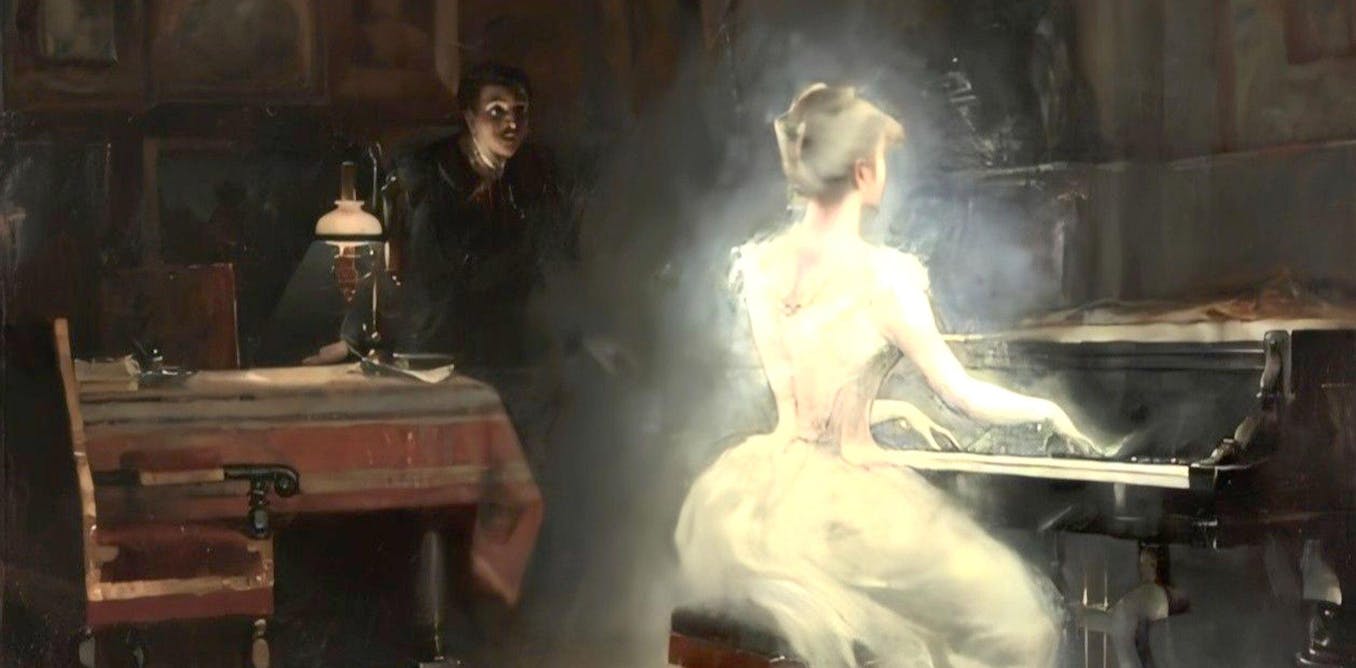Get the latest tech news
Ghosts in the Machine
Forty years ago, Hollywood made gremlins loveable—portraying them as adorable, furry creatures. Their folkloric origins are far more sinister.
The term has been traced back to 1920s Royal Naval Air Force slang, but it was during World War II, a time of rapid technological advances, that the lore evolved to such an extent that gremlins became full-fledged celebrities, characterized as pesky critters who crawled into plane machinery and destroyed it. Thomas Edison invoked the term to describe sudden difficulties in his inventions; “bugs,” he wrote, “show themselves and months of anxious watching, study and labor are requisite before commercial success-or failure-is certainly reached.” The use of “themselves” endows these creatures with a curiously sentient quality, which would be expanded upon with the popularization of the idea of plane-meddling gremlins. Maxwell’s demon is able to distinguish between fast- and slow-moving molecules, giving it an omnipotent quality, and in similar fashion, the computer daemon is able to make decisions in performing, as Corbató puts it, “ system chores.” This recalls the gremlins in Dahl’s novel who are convinced by a pilot to use their powers for good and subsequently train to become mechanics for the RAF.
Or read this on Hacker News
